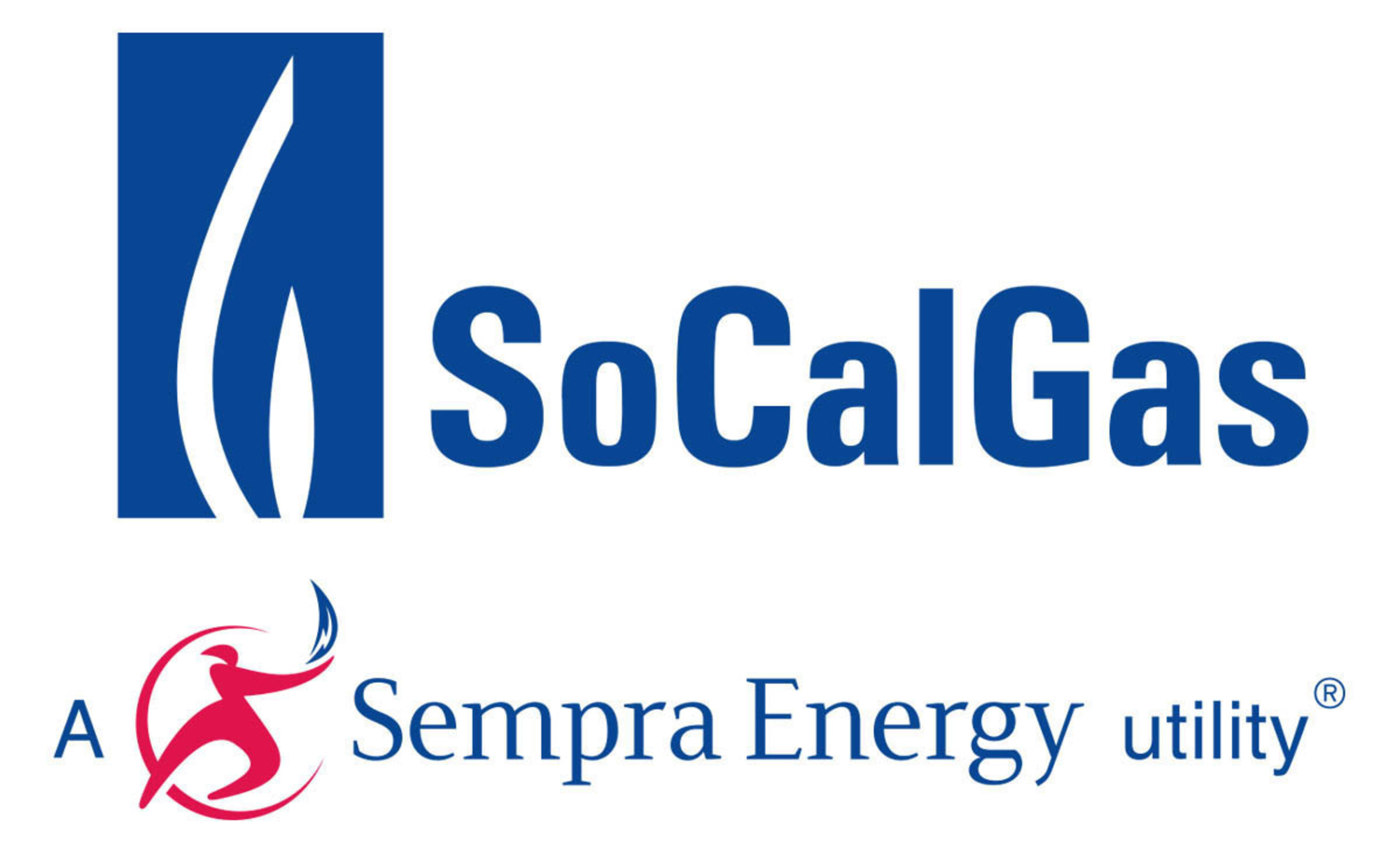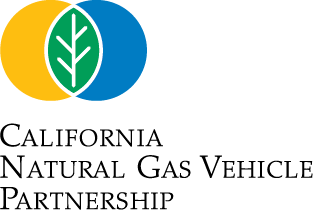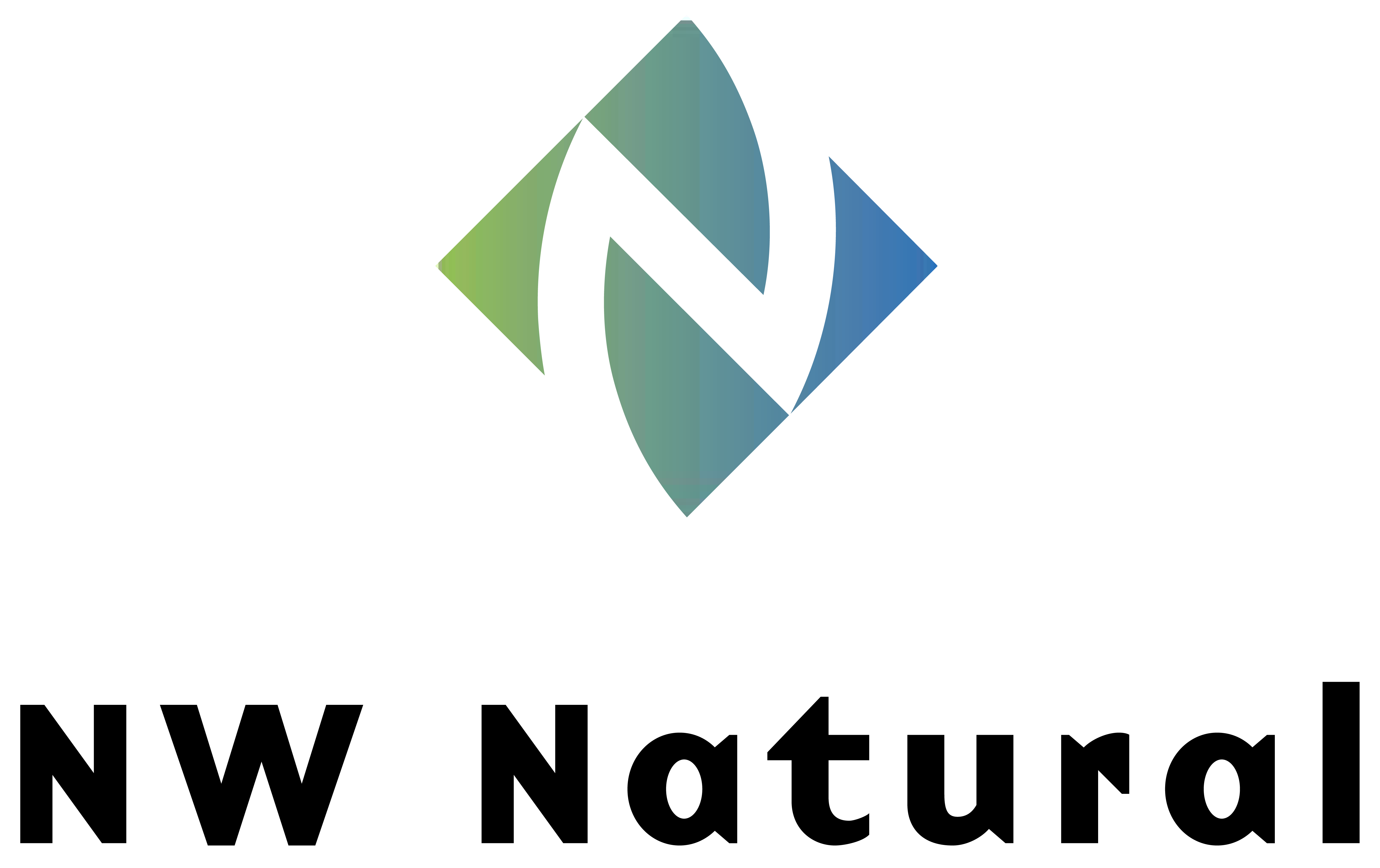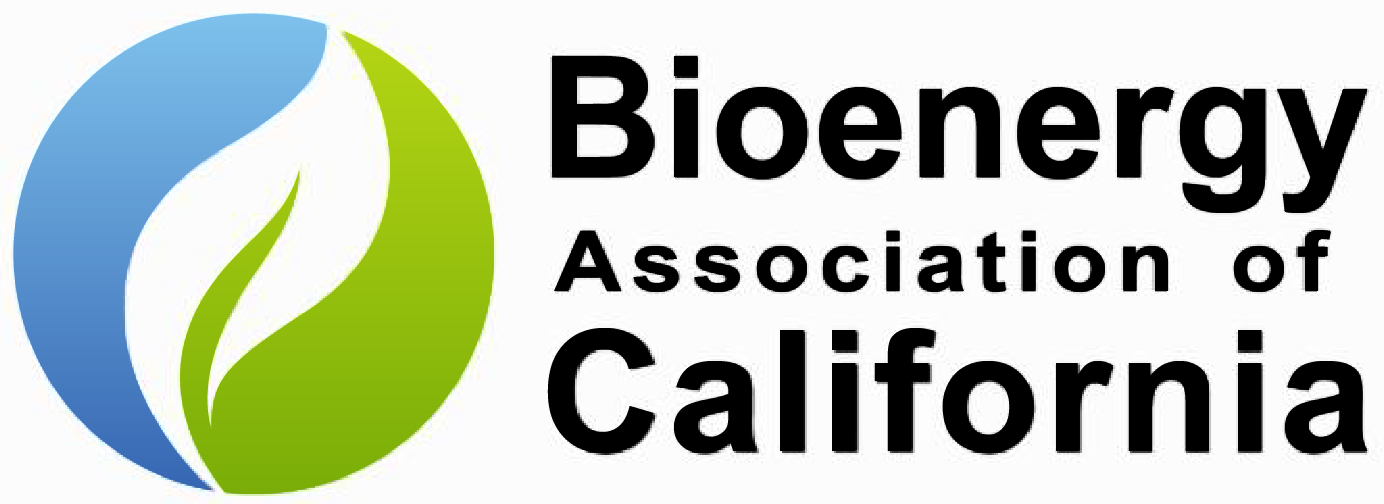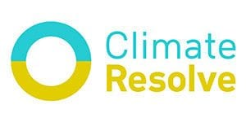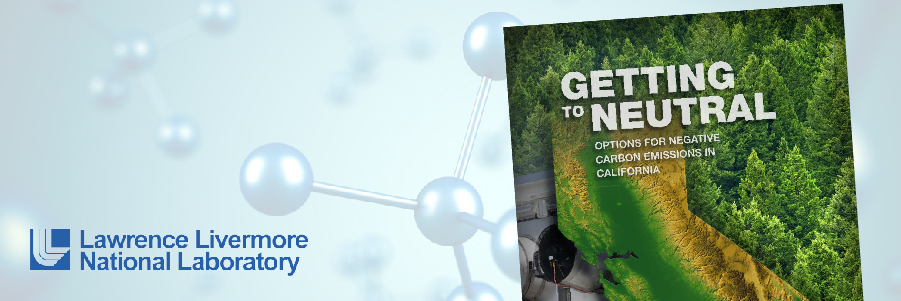
Several states have established visionary goals to reduce their climate footprints, with many striving to achieve carbon neutrality within the next 30 years—including California, Colorado, New York, Oregon, and Massachusetts. The achievement of these ambitious goals will be challenging.
Watch the recording of this 1-hour webinar, which took place June 17, to hear key findings from the recently published Lawrence Livermore National Laboratory (LLNL) report, “Getting to Neutral." Learn about strategies that can enable states to accelerate their efforts to fight climate change.
One of the report’s lead authors shared an analysis on how California could achieve carbon-neutrality by complementing the state's ongoing mitigation efforts with negative emissions technologies that remove CO2 from the atmosphere, making use of the state's natural biomass and geologic advantages. The first-of-its kind study—which documents how carbon neutrality can be achieved at a very modest cost, and using available technology—was the topic of extensive discussion within California state government, and spawned the introduction of multiple bills in the legislature.
Webinar Speakers:

George Peridas
Scientist, Lawrence Livermore National Laboratory
Co-author of
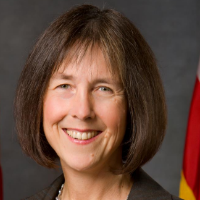
Senator Nancy Skinner
California’s 9th State
Senate District
Senate Majority Whip
Member, Senate Committees on
- Transportation
- Energy, Utilities and Communications
- Environmental Quality

Cliff Gladstein
Founding President, GNA | Clean Transportation & Energy Consultants
Organizer of
Hosted By:
Sponsored By:
Co-Produced By:
Endorsing Orgs:
Future Renewable Gas 360 Webinar Series Topics May Include:
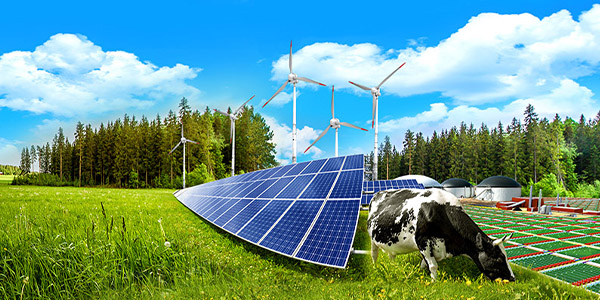
Renewable Hydrogen Production Pathways
For hydrogen to become a meaningful future energy resource, it will need to be derived from renewable sources. Several companies are currently engaged in the development and commercialization of a variety of renewable hydrogen production pathways. This webinar will explore some of the more prominent of these renewable hydrogen technologies and offer ideas on how these pathways can be promoted through sensible public policy.
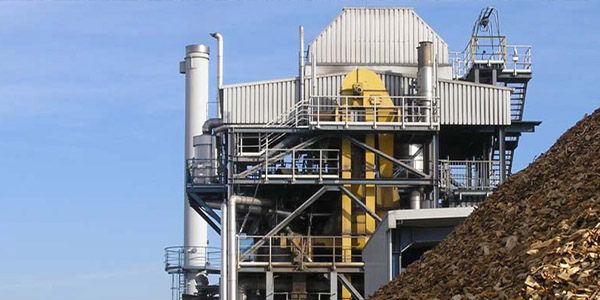
A Primer on Gasification
Join us to gain an understanding of gasification technology, how it works, what is produced from gasification and its environmental benefits. This webinar will dispel commons myths and misunderstanding regarding gasification and explore how it can help California meets its goals to mitigate wildfires, improve energy security and stability, help decarbonize California's energy supply, and bring economic development to disproportionately impacted communities in California.
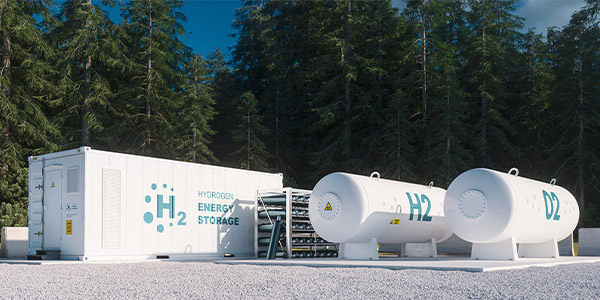
Hydrogen in Our Gas Supply
Hydrogen has long been touted as the energy source of the future. Questions have been raised as to whether future renewable hydrogen supplies can be transported and delivered through existing natural gas pipelines. This webinar will explore the capacity of the California gas transmission and distribution infrastructure to mix hydrogen in with the system's methane supply, report on efforts to integrate hydrogen into the gas supply, discuss what additional research may be needed, and what regulatory changes may be necessary to facilitate hydrogen injection.
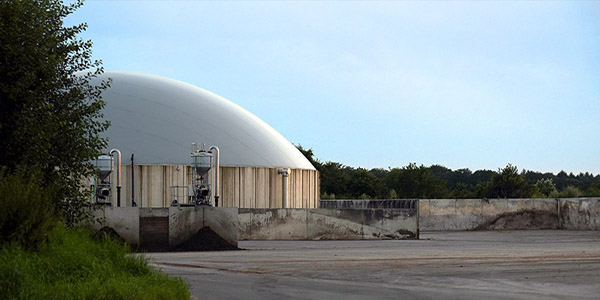
Renewable Gas Supply
A question which is often raised by policymakers is how much renewable gas can be produced and whether the support will be adequate enough to make a tangible difference. This webinar will provide participants with the best, most recent reviews of the current, future, and hypothetical renewable gas supply in the United States.

Power-to-Gas (P2G) - Status of U.S. Projects
Converting curtailed renewable electricity into hydrogen is a promising strategy to indefinitely store vast amounts of renewable energy. This webinar will explore the potential of P2G to help California achieve its ambitious decarbonization goals, as well as showcase the leading P2G projects currently being developed in California and across the nation.
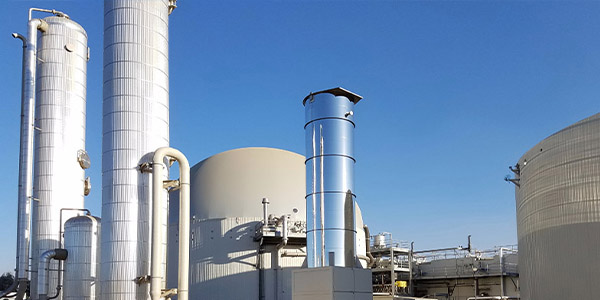
How Renewable Gases Can Help Municipalities Meet SB 1383 Obligations
CalRecycle is about to finalize its SB 1383 regulations that not only require municipalities to recycle their organic waste, but to also purchase the output. Renewable gases can be a key element of cities’ compliance strategy. Hear from municipal leaders who are spearheading the effort to harness their organic feedstocks in ways that will help them both comply with the regulation and receive added benefits.
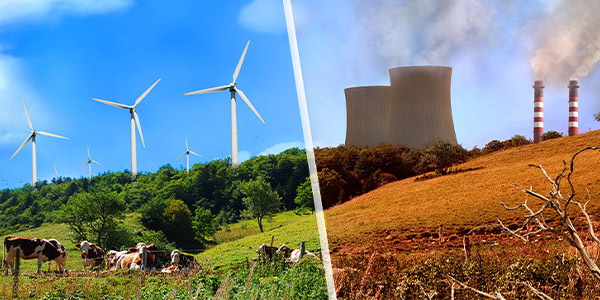
A Renewable Gas Portfolio Standard (RGS) – Leadership in Other States
Many states have developed and implemented requirements that their natural gas utilities procure renewable natural gas to meet a specific percentage or volume of the gas they deliver to customers. These requirements have been put in place with the recognition that both residential and commercial customers prefer their natural gas appliances, therefore there is a need to decarbonize the gas supply in order to help meet state climate protection goals. In this webinar, we will hear from policymakers who have led the effort to pass these renewable gas requirements, the issues that they dealt with during the policy making process, and the results of their efforts.
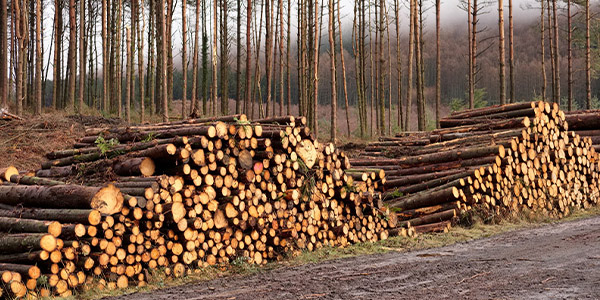
Strategies to Mitigate Wildfires Using Forest Biomass as a Feedstock for Renewable Gas
One of the most pressing problems faced by California in recent years has been ever increasing mega-fires. Not only are the state’s wildfires gaining in intensity, devastating ever greater acreage and taking more lives, but these fires pour so much carbon and soot into the atmosphere that they completely invalidate the state’s climate protection efforts. This webinar will explore how greater reliance on strategies that convert dead and dying forest biomass into renewable gases can serve as a major wildfire mitigation strategy for the state.
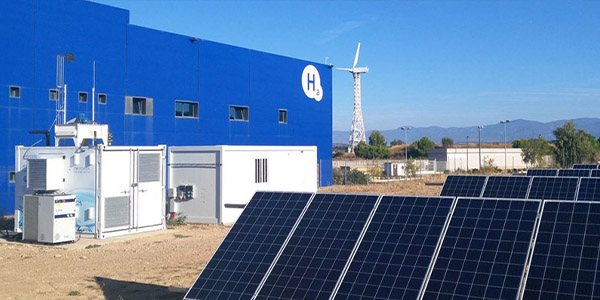
P2G - Europe Takes the Lead
Beginning roughly a decade ago, several European countries began to experience increasing instances where their renewable electric generating assets were producing more power supply than demand. With no means to store this surplus power, countries were faced with either curtailing production or paying other countries to take their excess. Europe began to convert curtailed renewable electricity into hydrogen to indefinitely store vast amounts of renewable energy. In this webinar, we will hear from the European utilities and companies that have been at the forefront of the development and utilization of this exciting new technology, and how they are deploying P2G to further enable their transition to a zero-carbon energy system.
Co-Produced by ACT News, GNA, and the Bioenergy Association of California

